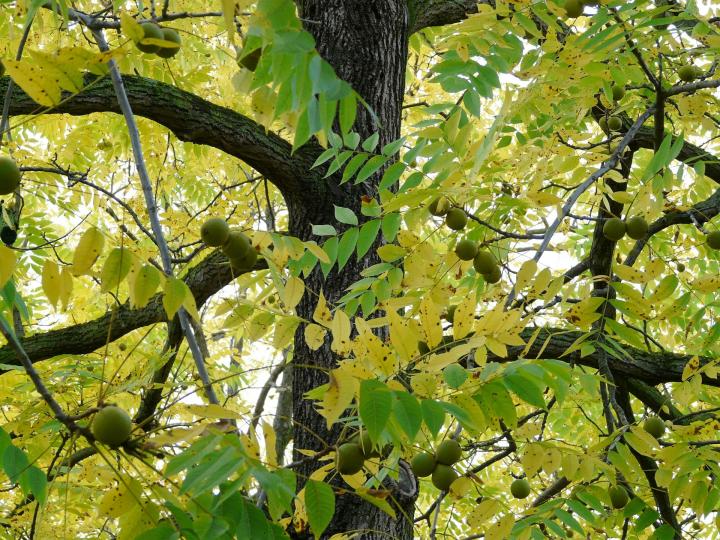Sycamore
The sycamore tree is a type of deciduous tree that belongs to the plane-tree family. It is native to southeastern Europe, Asia Minor, and North America, but it can be found around the world today. The sycamore tree has a distinctive bark that peels off in patches, revealing the light gray or white wood beneath. The sycamore tree can grow up to 100 feet (30 m) tall and 10 feet (3 m) in diameter. It produces small, greenish flowers and round, spiky fruits that contain seeds.

Sycamore wood is a hardwood that is strong, durable, and easy to work with. It has a fine, even grain and a light color that ranges from tan to gray. Sycamore wood is often used for furniture, cabinets, flooring, musical instruments, and carving. Sycamore wood is also a good choice for woodturning because it takes detail work well and has a smooth texture.
If you are interested in turning sycamore wood, here are some tips and ideas to get you started:
- Choose a piece of sycamore wood that is dry and free of cracks or defects. You can use green wood, but it may warp or split as it dries.
- Sharpen your tools before turning sycamore wood, as it is very hard and can dull your tools quickly.
- Be careful not to chip or tear the wood, as it can be brittle and have interlocking grain. Use light cuts and sharp tools to avoid this problem.
- Experiment with different finishes and stains to enhance the look of your sycamore wood project. Sycamore wood can take stain unevenly, so you may want to use a wood conditioner or pre-stain sealer before applying any penetrating stain.
- One thing to be aware of when working with sycamore wood is the dust toxicity level when sanding. Sycamore dust can cause allergic reactions in some people, such as skin irritation, eye inflammation, respiratory problems, or asthma attacks. To protect yourself from the harmful effects of sycamore dust, you should always wear a dust mask or respirator, goggles or glasses, gloves, and long sleeves when sanding sycamore wood. You should also use a dust collector or vacuum system to remove the dust from the air and your work area. If you experience any symptoms of sycamore dust allergy, you should seek medical attention immediately.
Black Walnut

The black walnut tree is a type of hardwood tree that grows in the eastern half of North America. It is valued for its edible nuts and its dark, durable, and attractive wood. Woodturners can use black walnut wood to create beautiful and functional projects, such as bowls, vases, pens, and more. However, be aware of the potential hazards of working with this wood, especially the dust toxicity level when sanding.
Black walnut wood has a rich brown color that can vary from light to dark, depending on the location and age of the tree. It generally has a fine, straight grain that can sometimes be wavy or curly. It is a strong and stable wood that can resist warping and shrinking. It is also easy to work with, as it cuts, carves, glues, and finishes well. Black walnut wood is often used for furniture, cabinets, flooring, musical instruments, and carving.

One thing to be careful of when working with black walnut wood is the dust toxicity level when sanding. Black walnut dust can cause allergic reactions in some people, such as skin irritation, eye inflammation, respiratory problems, or asthma attacks. This is because black walnut contains a chemical called juglone, which can be harmful to some plants and animals. To protect yourself from the harmful effects of black walnut dust, you should always wear a dust mask or respirator, goggles or glasses, gloves, and long sleeves when sanding black walnut wood. You should also use a dust collector or vacuum system to remove the dust from the air and your work area. If you experience any symptoms of black walnut dust allergy, you should seek medical attention immediately.